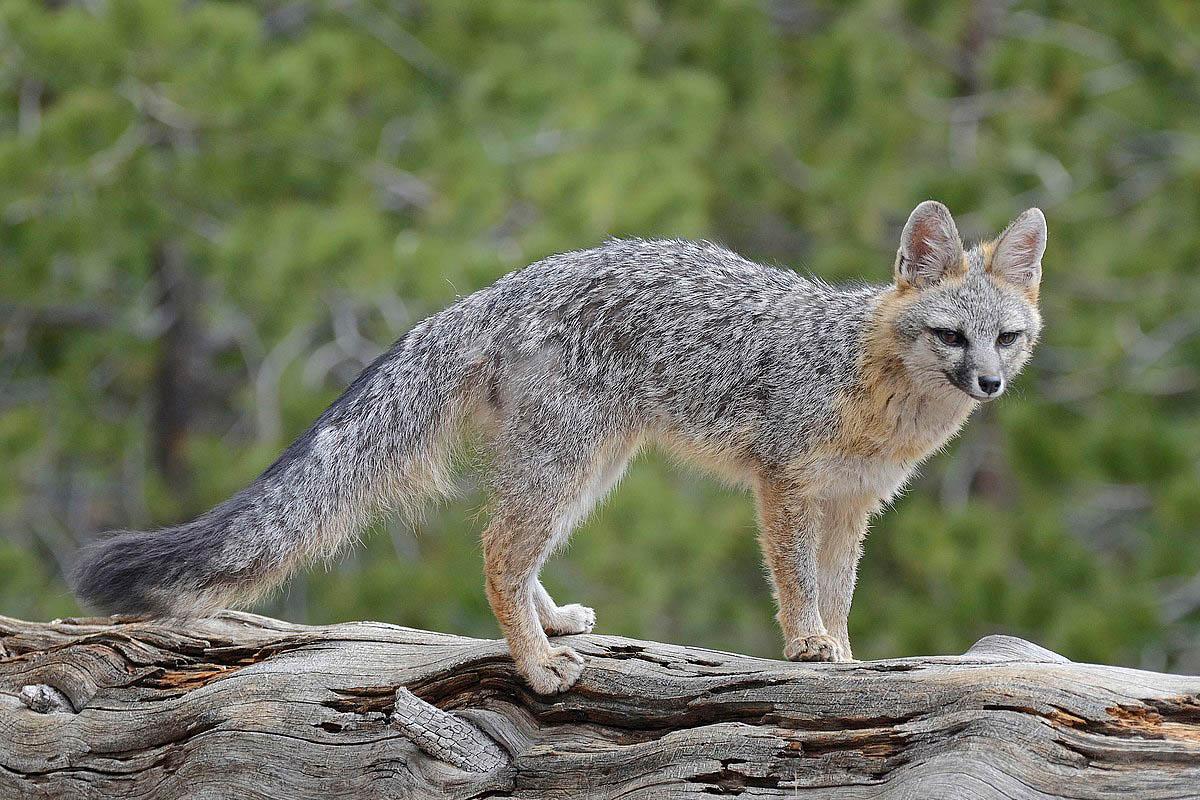D: While you’re out in nature, do you ever wonder if your presence changes the way animals interact with each other?
Y: Well, in 2018 researchers in California conducted a study showing how human activity can actually influence how carnivorous animals divide shared resources, referred to as resource niche partitioning.
D: How do they divide resources?
Y: Well, for predators, hunting during different times of the day gives them access to different types of prey (different diet niches), reducing competition with other predators. However, these researchers saw that in areas of high human interference, bobcats, coyotes, and gray foxes had increased overlap in their diets, compared to areas with less human activity.
D: Could it be because with more humans around, predators avoid them by hunting more at night?
Y: Exactly. Some predators such as coyotes are more adaptable to human interference, so while they normally can hunt any time, in areas with more humans around, they hunted more at night. This limited resources, and increased competition for less-adaptable species such as the foxes.
D: How do researchers know predators are hunting at the same times?
Y: The proof is in the scat. By training a group of “citizen scientists” in collection, they were able to extract DNA from over 300 predator scat samples, which showed exactly what kind of prey each predator had eaten. With knowledge of the natural activity patterns of the prey found in the scat, researchers could infer when each predator was doing its hunting.
D: So, the different ways that carnivores respond to human activity can change how resources are divided?
Y: Yep, so simply by existing in areas near wildlife, we could be indirectly altering how animals interact in their ecosystem.










